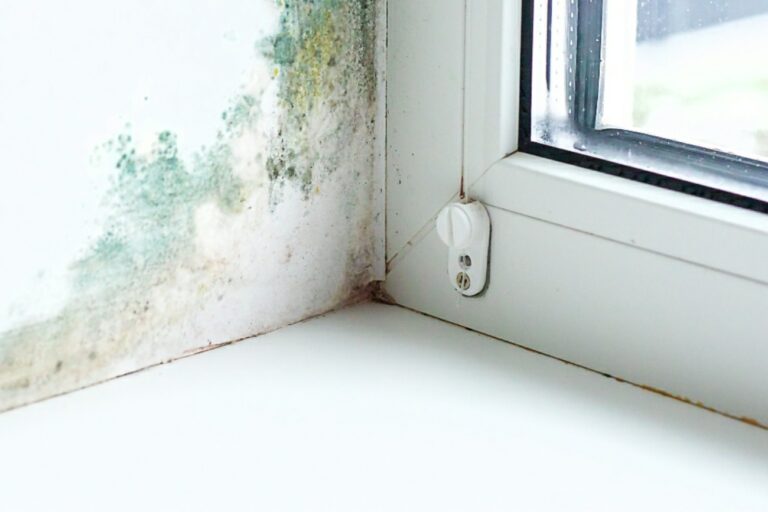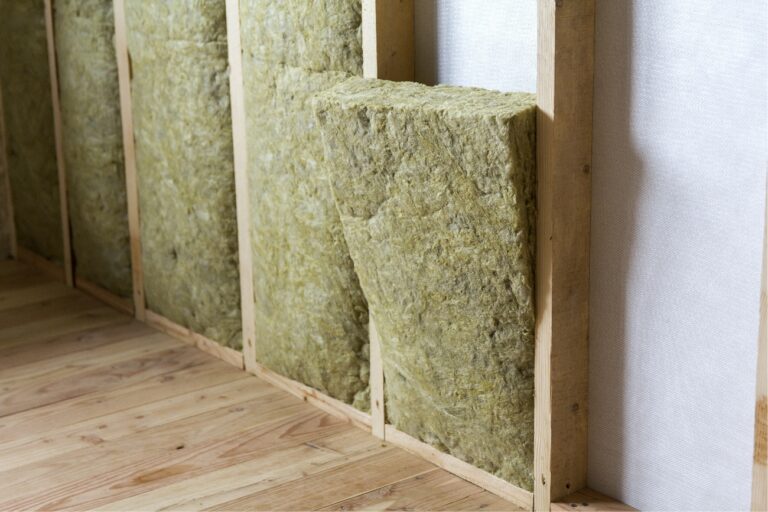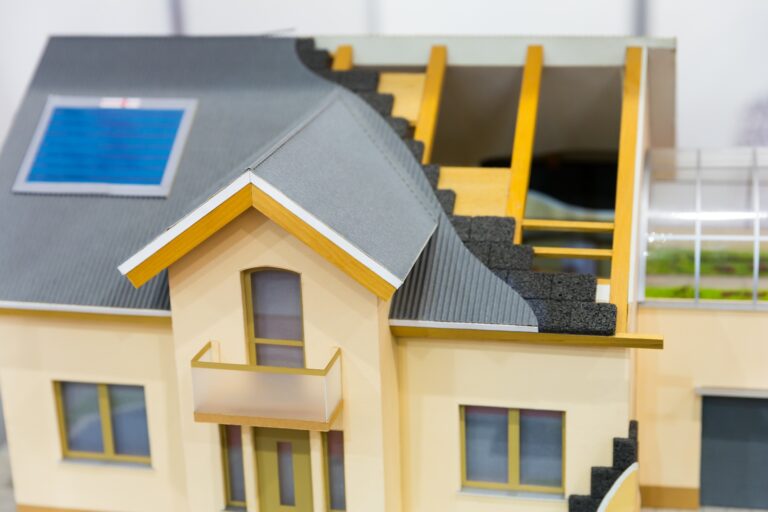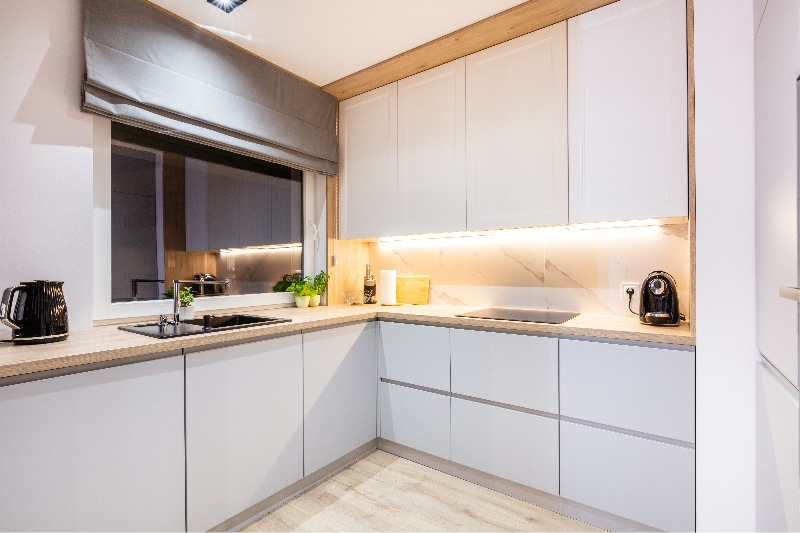Timber treatment
Go2 Timber Treatments
Woodworm is the common term used to describe wood-boring insects that infest and damage timber in buildings and structures. These wood-boring insects are the larvae of certain species of beetles, such as the Common Furniture Beetle (Anobium punctatum) and the Deathwatch Beetle (Xestobium rufovillosum), among others.
- Wet Rot
- Dry Rot
Woodworm Treatment
Woodworm infestations can be a significant problem for properties, as the larvae bore into the wood and create tunnels, weakening the structure over time. They typically target softwood and hardwood timber, and their presence can lead to structural damage, affecting furniture, floors, and other wooden components.
Infestations can often go unnoticed for extended periods, as the larvae are hidden within the wood, and the adult beetles emerge only after several years. Signs of woodworm infestation may include small holes in the wood’s surface, fine wood dust (frass) around the holes, and weak or damaged timber.
Treating woodworm infestations typically involves applying appropriate wood preservatives or insecticides to eradicate the larvae and prevent further damage. GO2 Property Services can assist you in dealing with woodworm infestations to ensure effective and thorough eradication while safeguarding the property’s structural integrity.

woodworm infestation can weaken the structure of your home
Dry Rot & Wet Rot Treatment
Dry rot and wet rot are two types of fungal decay that affect timber in the UK. They are both forms of wood rot and can cause significant damage to buildings and structures if left untreated.
Dry Rot:
Dry rot is a destructive fungus that thrives in poorly ventilated, damp environments. It can spread rapidly through timber and other building materials, causing decay and weakening the structure. Dry rot has the ability to travel through masonry, allowing it to affect areas far from its original source. Signs of dry rot include dry, brittle, and cube-like spore dust, large mushroom-like fruiting bodies, and strands that resemble cobwebs spreading across surfaces. It has a distinctive musty smell. Dry rot requires a moisture content of around 20% to develop
Wet Rot:
Wet rot is another form of fungal decay that affects timber and other organic materials. Unlike dry rot, wet rot is confined to damp conditions and does not spread through masonry. Wet rot typically occurs in localised areas where moisture is present, such as in contact with damp walls, leaking plumbing, or poorly ventilated spaces. It is less aggressive than dry rot and typically requires higher moisture levels (around 50%) to develop. Signs of wet rot include darkened, soft, and spongy timber with localised fungal growth.
Both dry rot and wet rot can compromise the structural integrity of a building and require prompt attention and treatment. Proper identification and effective remedial action are essential to eradicate the rot, repair the damage, and prevent future outbreaks. If you suspect dry rot or wet rot in your property, contact GO2 today to combat timber decay and preservation to address the issue properly.






